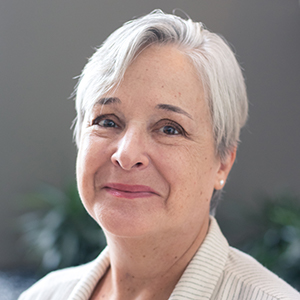Ending an elemental year
Readers of a certain age may remember Tom Lehrer’s song “The Elements,” in which the then-Harvard math professor and musical satirist patter-sang, a la Gilbert and Sullivan, the name of every element in the periodic table.
When I was a musical theater nerd in high school, I co-directed a musical revue in my senior year. The other directors and I thought we had the whole thing precast, but during auditions, a hitherto unremarkable singer bowled us over with her rendition of this serious tongue twister. (You can hear for yourself how impressive this was.) We borrowed a lab coat and a wall-sized copy of the periodic table from the school’s science department to hang behind her. At every performance, that song brought the house down. The big chart disappeared after closing night, and one of my fellow directors either had to pay for it or forfeit her diploma.
That was the last time I thought about the periodic table until an ASBMB Today planning meeting late last year when Quira Zeidan, the society’s education and public outreach coordinator, told us that 2019 was the 150th anniversary of the year Dmitri Mendeleev first published his tabular display of the elements.
She wasn’t just sharing science trivia. In her heart of hearts, Quira is a teacher, and she offered to write a series of articles for ASBMB Today highlighting elements of significance in the biochemical realm.
There’s nothing an editor likes better than the promise of a timely series (and guaranteed content), so I was delighted, but Quira gave us something more than that. As regular ASBMB Today readers know, she has provided a wonderfully coherent series of lessons that clearly explain everything from where the elements originate to their roles in human health. Every month, I’ve looked forward to learning something new from this series. And in this issue, with nickel and zinc, I’m sad to see it end.
This month may mark the end of the (bio)chemical elements in ASBMB Today, but plans are afoot to build educational programs around these 11 articles — complete with experiments. If this resource would be useful to you or any of your colleagues, contact Quira.
Thanks to all our readers for celebrating the International Year of the Periodic Table with us — and thank you, Quira, for being as cool a teacher as Tom Lehrer.
Enjoy reading ASBMB Today?
Become a member to receive the print edition four times a year and the digital edition monthly.
Learn moreGet the latest from ASBMB Today
Enter your email address, and we’ll send you a weekly email with recent articles, interviews and more.
Latest in Opinions
Opinions highlights or most popular articles
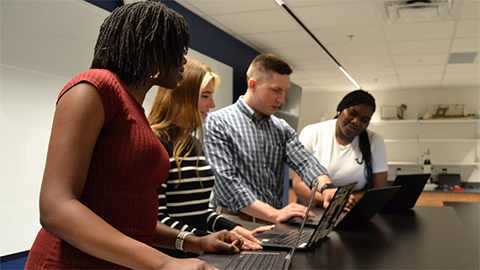
Debugging my code and teaching with ChatGPT
AI tools like ChatGPT have changed the way an assistant professor teaches and does research. But, he asserts that real growth still comes from struggle, and educators must help students use AI wisely — as scaffolds, not shortcuts.

AI in the lab: The power of smarter questions
An assistant professor discusses AI's evolution from a buzzword to a trusted research partner. It helps streamline reviews, troubleshoot code, save time and spark ideas, but its success relies on combining AI with expertise and critical thinking.
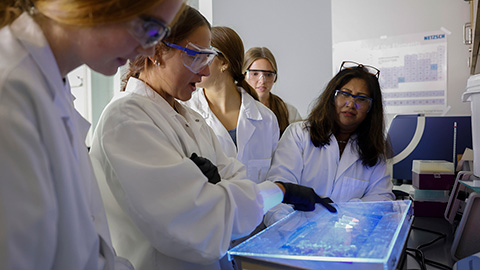
How AlphaFold transformed my classroom into a research lab
A high school science teacher reflects on how AI-integrated technologies help her students ponder realistic research questions with hands-on learning.
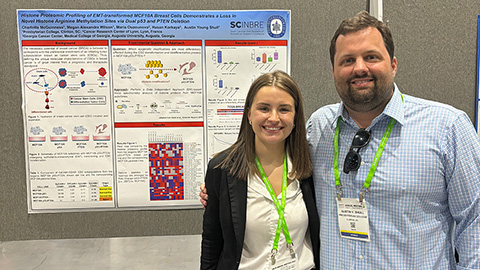
Writing with AI turns chaos into clarity
Associate professor shares how generative AI, used as a creative whiteboard, helps scientists refine ideas, structure complexity and sharpen clarity — transforming the messy process of discovery into compelling science writing.
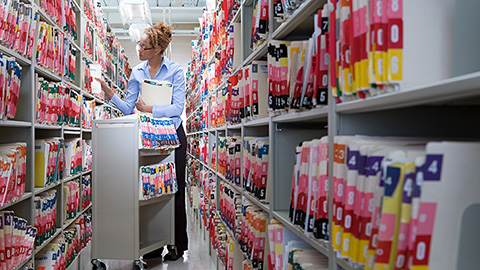
Teaching AI to listen
A computational medicine graduate student reflects on building natural language processing tools that extract meaning from messy clinical notes — transforming how we identify genetic risk while redefining what it means to listen in science.
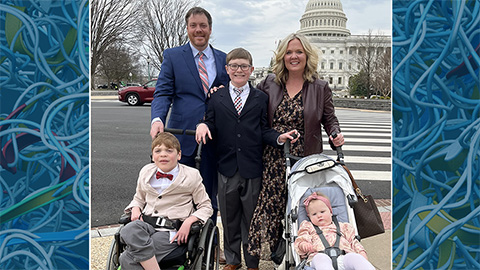
What’s in a diagnosis?
When Jessica Foglio’s son Ben was first diagnosed with cerebral palsy, the label didn’t feel right. Whole exome sequencing revealed a rare disorder called Salla disease. Now Jessica is building community and driving research for answers.

